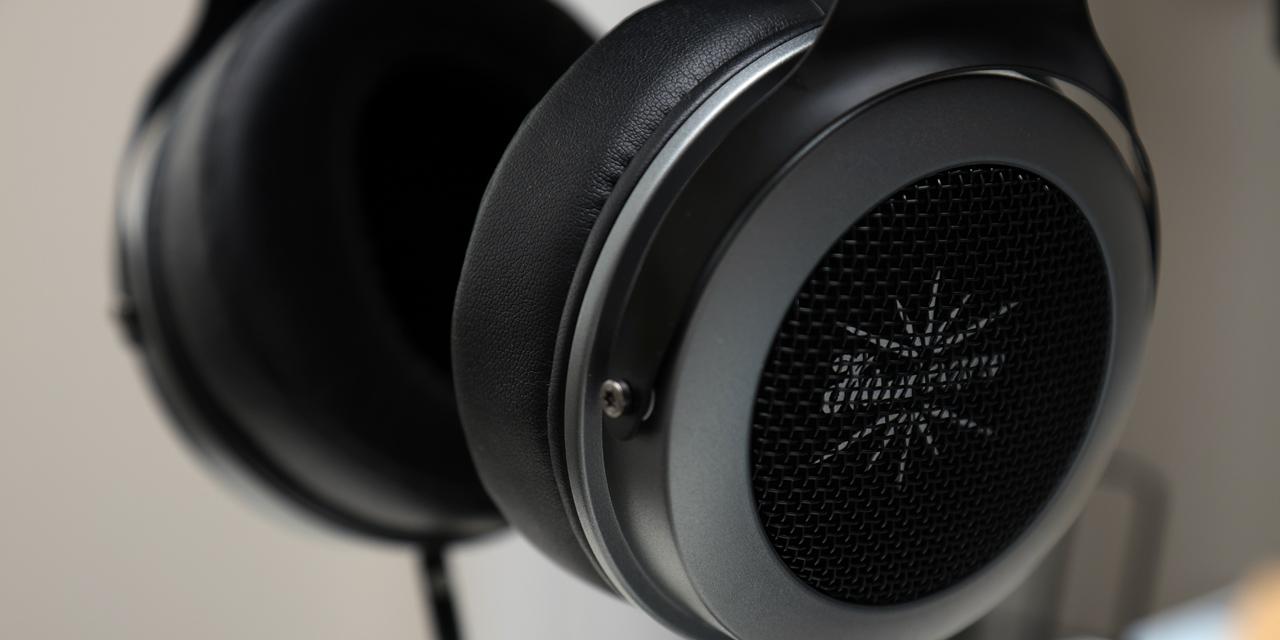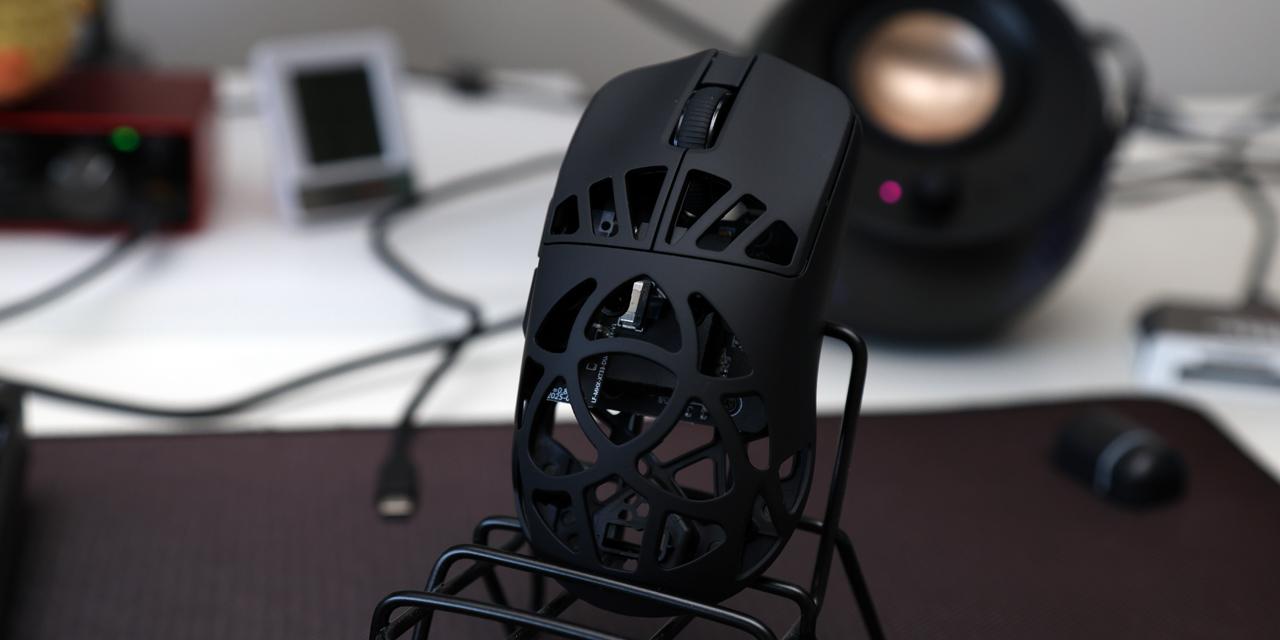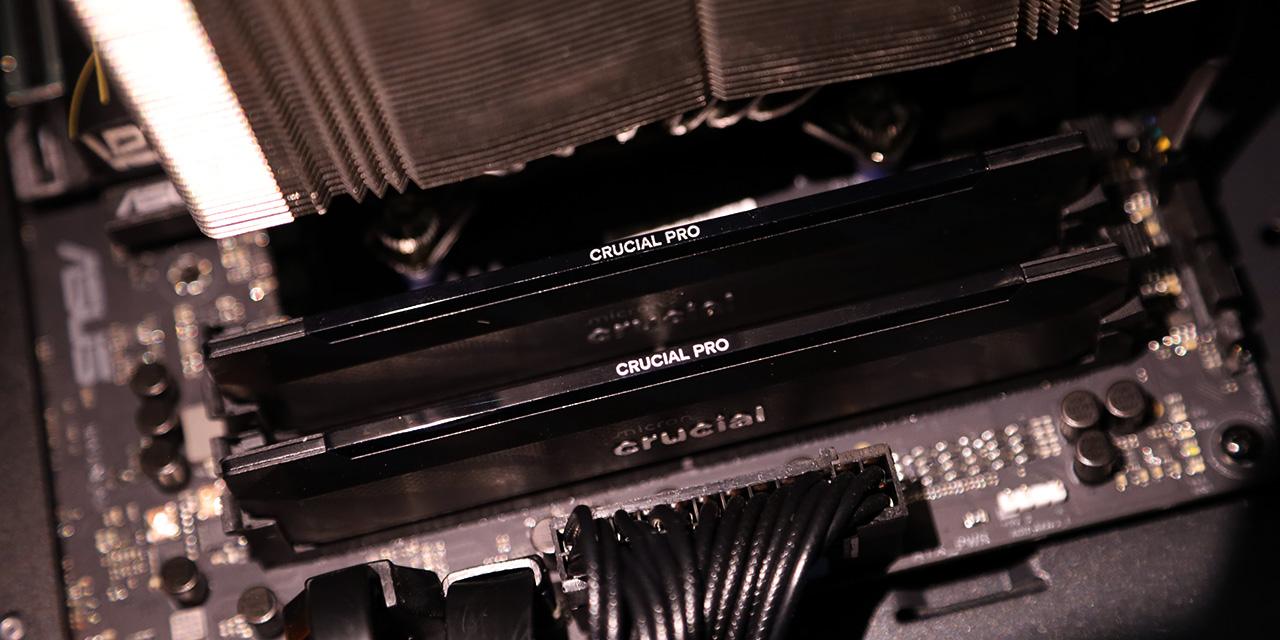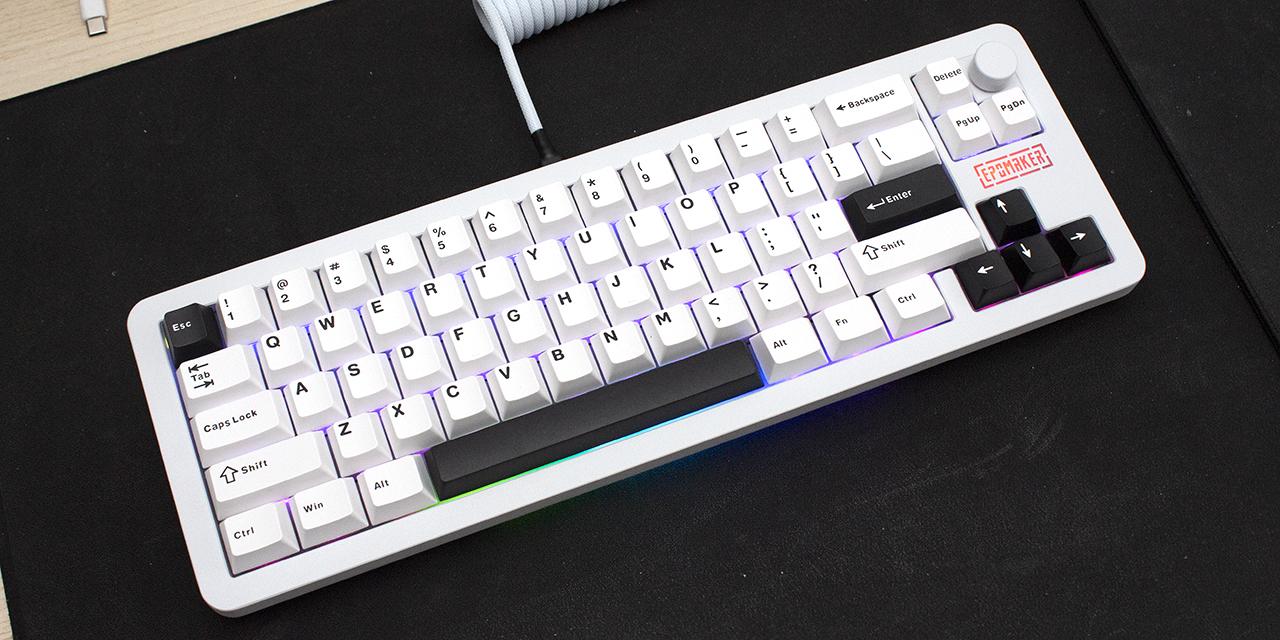|
From X-bit Labs: The USB 3.0 Promoter Group on Wednesday announced that it is creating a new power delivery specification which will significantly extend the capabilities and usages of cable bus power in USB applications. The new technology will allow to deliver up to 100W of power to USB 3.0-compatible peripherals thus greatly improving usage cases of such devices. The new USB 3.0 specification will be compatible with existing cables and connectors, will allow voltage and current values to be negotiated over the USB power pins, set to coexists with USB Battery Charging 1.2 and works equally well with both USB 2.0 and USB 3.0. The main idea of the promo group is to enable delivery of up to 100W of power using USB 3.0 cables. Typical USB 3.0 ports can supply up to 4.5W of power (5V, 0.9A) to various gadgets, which means that capability to deliver 100W of power is a major update to the specification. Potentially, the new USB 3.0/100W ports will allow to plug in various devices - such as monitors, printers, speakers, etc - into a single personal computer, which will greatly reduce the number of power outlets required for modern devices. Separately, the new technology will allow to charge notebooks and tablets using universal adapters (provided that manufacturers will let them become universal). It remains to be seen whether implementation of USB 3.0/100W interface will be enough cost-efficient. In general, implementation of such ports required more robust power circuitry on mainboards, besides, SuperSpeed USB/100W cables may also be more expensive than traditional. “The new USB Power Delivery specification extends USB’s cable power delivery capabilities beyond simple battery charging. For example, charging the battery of a notebook PC, or simply powering that notebook PC while actively using the USB data connection, would be possible. Conceivably, a notebook PC could rely solely on a USB connection for its source of power,” said Brad Saunders, USB 3.0 promoter group chairman. View: Article @ Source Site |
 |
New USB 3.0 Version to Deliver Up to 100W of Power to Peripherals
© Since 2005 APH Networks Inc. All trademarks mentioned are the property of their respective owners.





